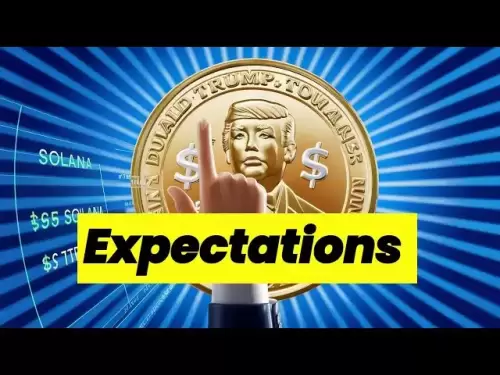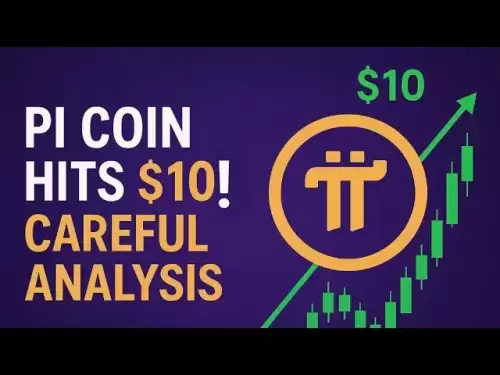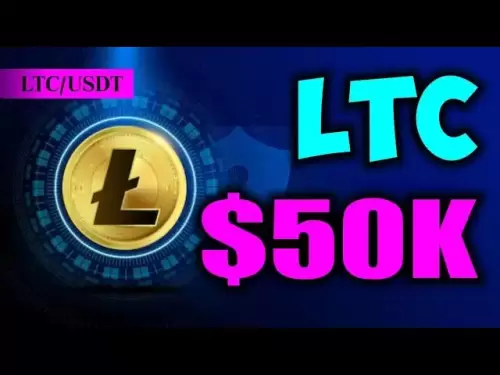-
 Bitcoin
Bitcoin $118400
0.19% -
 Ethereum
Ethereum $3766
5.19% -
 XRP
XRP $3.547
3.45% -
 Tether USDt
Tether USDt $1.000
0.01% -
 BNB
BNB $754.4
2.76% -
 Solana
Solana $182.1
2.48% -
 USDC
USDC $0.9998
-0.01% -
 Dogecoin
Dogecoin $0.2749
12.98% -
 Cardano
Cardano $0.8737
4.84% -
 TRON
TRON $0.3178
-0.78% -
 Hyperliquid
Hyperliquid $46.87
4.87% -
 Stellar
Stellar $0.4745
2.35% -
 Sui
Sui $3.945
4.11% -
 Chainlink
Chainlink $19.49
5.38% -
 Hedera
Hedera $0.2789
4.28% -
 Bitcoin Cash
Bitcoin Cash $549.5
5.60% -
 Avalanche
Avalanche $25.36
1.14% -
 Shiba Inu
Shiba Inu $0.00001576
5.38% -
 Litecoin
Litecoin $117.5
4.42% -
 UNUS SED LEO
UNUS SED LEO $8.987
-0.08% -
 Toncoin
Toncoin $3.299
2.83% -
 Polkadot
Polkadot $4.543
3.41% -
 Uniswap
Uniswap $10.69
5.28% -
 Ethena USDe
Ethena USDe $1.001
-0.02% -
 Pepe
Pepe $0.00001443
8.78% -
 Monero
Monero $326.4
0.36% -
 Bitget Token
Bitget Token $5.000
2.07% -
 Dai
Dai $0.9999
-0.02% -
 Aave
Aave $328.7
3.62% -
 Bittensor
Bittensor $428.6
3.35%
How does NFT Interoperability Protocols enable cross-chain NFT transactions?
NFT interoperability protocols, using wrapped NFTs, cross-chain bridges, or DIDs, enable seamless NFT transfers across blockchains, despite security challenges and varying levels of decentralization.
Mar 02, 2025 at 09:25 am

Key Points:
- NFT interoperability protocols bridge the gap between different blockchain networks, allowing NFTs to move seamlessly across them.
- This is achieved through various techniques, including wrapped NFTs, cross-chain bridges, and decentralized identifiers (DIDs).
- Each method presents unique advantages and disadvantages regarding security, speed, and cost.
- Understanding these protocols is crucial for navigating the evolving landscape of NFT ownership and trading.
- Security concerns and potential vulnerabilities remain a key challenge in ensuring the safe transfer of NFTs across chains.
How Does NFT Interoperability Protocols Enable Cross-Chain NFT Transactions?
The burgeoning NFT market faces a significant hurdle: fragmentation across numerous blockchain networks. NFTs minted on Ethereum, for example, aren't directly transferable to Solana or Polygon. This lack of interoperability limits the potential of NFTs and hinders their widespread adoption. NFT interoperability protocols are designed to solve this problem, enabling seamless cross-chain NFT transactions.
Several key protocols facilitate this cross-chain functionality. One prominent approach involves wrapped NFTs. This method essentially creates a tokenized representation (a "wrapped" NFT) of the original NFT on a different blockchain. This wrapped NFT mirrors the properties of the original, allowing it to be traded and utilized on the new network. However, this method requires trust in the wrapping service and introduces an additional layer of complexity.
Another method leverages cross-chain bridges. These bridges act as intermediaries, transferring the ownership information of the NFT from one blockchain to another. They often employ cryptographic techniques to verify the authenticity and ownership of the NFT throughout the transfer process. The security and efficiency of these bridges vary significantly depending on their underlying design and implementation.
Decentralized Identifiers (DIDs) offer a different approach. DIDs act as unique identifiers for NFTs, independent of the blockchain they reside on. By using DIDs, NFTs can be tracked and verified across multiple networks without needing to be physically moved. This method focuses on verifying ownership rather than transferring the NFT itself. However, widespread adoption of DIDs for NFTs is still in its early stages.
Each of these methods has its strengths and weaknesses. Wrapped NFTs are relatively simple to implement but rely on centralized services. Cross-chain bridges offer more decentralized solutions but can be complex and susceptible to vulnerabilities. DIDs present a more future-proof approach, but the technology is still evolving and requires wider adoption.
The Role of Interoperability in NFT Utility
The lack of interoperability significantly restricts the utility of NFTs. Imagine an NFT representing a membership to a virtual world. If that NFT is locked to a single blockchain, users from other networks are excluded. Interoperability protocols solve this by allowing NFTs to function across various platforms and ecosystems. This unlocks a wider range of applications, from metaverse access to gaming rewards and decentralized finance (DeFi) interactions.
The development of interoperability protocols is also vital for improving the liquidity of NFTs. By allowing NFTs to be traded on multiple marketplaces, the overall market depth increases, leading to potentially better pricing and more efficient trading.
Security Considerations and Challenges
Security is paramount in cross-chain NFT transactions. The process involves complex cryptographic operations and relies on the security of the underlying protocols and bridges. Any vulnerability can lead to the loss or theft of valuable NFTs. Therefore, thorough audits and rigorous security testing are crucial for the successful deployment and adoption of interoperability protocols. Smart contract vulnerabilities, bridge hacks, and potential exploits remain a constant concern.
Future Developments and Trends
The field of NFT interoperability is rapidly evolving. New protocols and technologies are constantly being developed to improve efficiency, security, and scalability. The ongoing development of layer-2 scaling solutions for blockchains is also expected to play a significant role in enhancing cross-chain NFT transactions. Moreover, advancements in decentralized identity and data management will further contribute to the maturation of this space.
Common Questions and Answers:
Q: What are the risks associated with cross-chain NFT transactions?
A: Risks include the possibility of theft or loss due to smart contract vulnerabilities in bridges or wrapping services. Centralized solutions introduce reliance on third-party custodians, which presents inherent risks. Furthermore, the complexity of cross-chain transactions can lead to unexpected delays or failures.
Q: How do wrapped NFTs differ from bridging NFTs?
A: Wrapped NFTs create a tokenized representation of the original NFT on a different chain, while bridging directly transfers ownership information. Wrapped NFTs rely on centralized services, while bridges aim for greater decentralization.
Q: Are all NFT interoperability protocols equally secure?
A: No. Security varies greatly depending on the specific protocol's design, implementation, and the security practices of the entities involved. Thorough audits and security research are crucial to assessing the risk of each protocol.
Q: What is the future of NFT interoperability?
A: The future likely involves more decentralized, efficient, and secure protocols. Advancements in decentralized identity and scaling solutions will play a key role. Greater standardization and collaboration within the industry are also needed to facilitate wider adoption.
Q: How will NFT interoperability impact the NFT market?
A: It will significantly increase liquidity, accessibility, and utility of NFTs. This can lead to broader adoption, increased market capitalization, and more innovative applications for NFTs across various industries.
Disclaimer:info@kdj.com
The information provided is not trading advice. kdj.com does not assume any responsibility for any investments made based on the information provided in this article. Cryptocurrencies are highly volatile and it is highly recommended that you invest with caution after thorough research!
If you believe that the content used on this website infringes your copyright, please contact us immediately (info@kdj.com) and we will delete it promptly.
- Bitcoin's Wild Ride: Records, Rallies, and Reversals - A New Yorker's Take
- 2025-07-21 02:30:12
- CoinDCX Hack: $44 Million Lost, User Funds Safe... For Now?
- 2025-07-21 02:30:12
- BONK, FLOKI, Remittix Predictions: Navigating the Meme Coin Mania and Beyond
- 2025-07-21 02:50:13
- Hacker Attack on CoinDCX: Funds Safe, But Lessons Learned
- 2025-07-21 02:50:13
- Rachel Booth: Missing Person Case and Jogging Clues Unfold
- 2025-07-21 02:55:12
- Iron Maiden: Music Legends Celebrate 50 Years with Royal Mint Coin
- 2025-07-21 00:30:13
Related knowledge
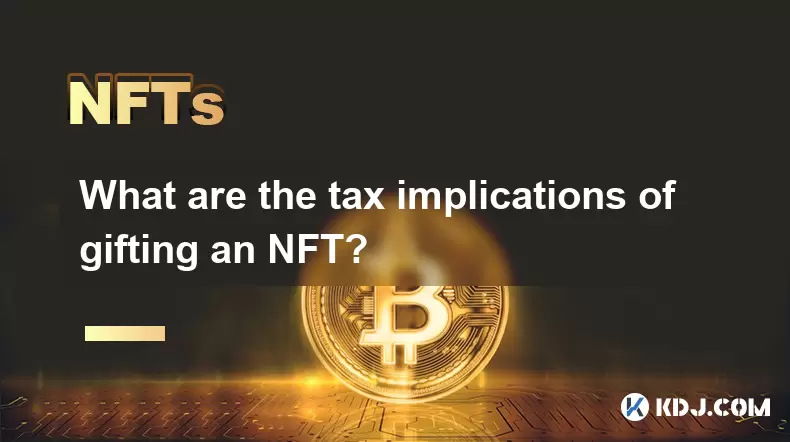
What are the tax implications of gifting an NFT?
Jul 19,2025 at 04:21am
Understanding the Basics of NFT GiftingGifting a Non-Fungible Token (NFT) involves transferring ownership from one individual to another without recei...
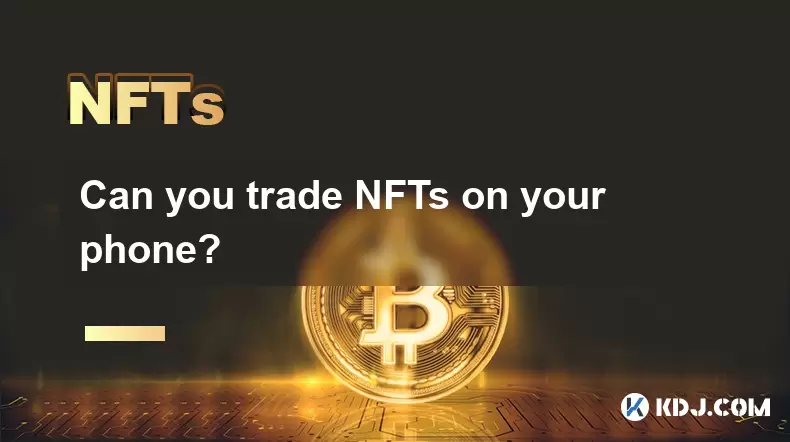
Can you trade NFTs on your phone?
Jul 18,2025 at 04:29am
Trading NFTs on Mobile DevicesYes, you can trade NFTs on your phone, and the process has become increasingly streamlined thanks to a variety of mobile...
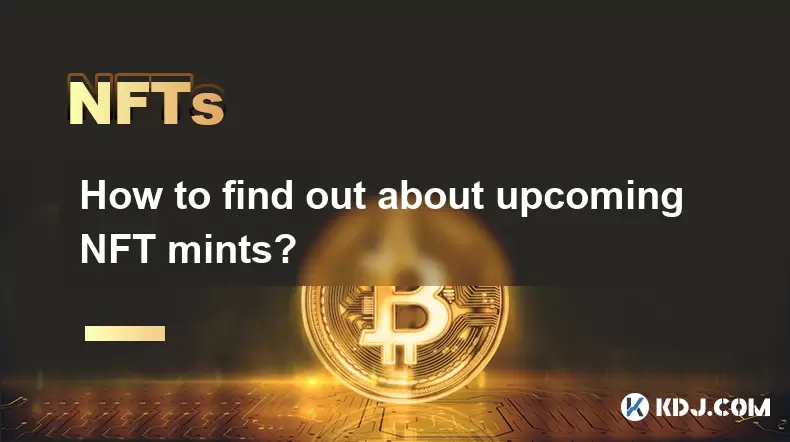
How to find out about upcoming NFT mints?
Jul 18,2025 at 11:50am
Exploring NFT Minting OpportunitiesUnderstanding the landscape of upcoming NFT mints is crucial for collectors, investors, and creators who wish to st...
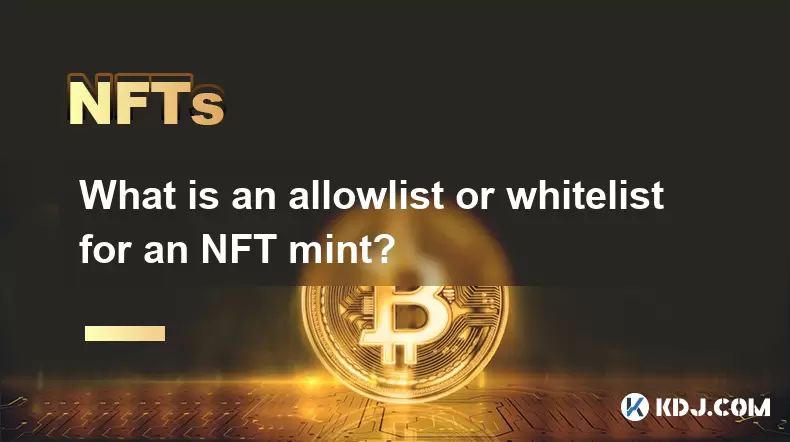
What is an allowlist or whitelist for an NFT mint?
Jul 20,2025 at 07:14pm
Understanding the Concept of an Allowlist for NFT MintingAn allowlist, also commonly referred to as a whitelist, is a mechanism used in the NFT mintin...
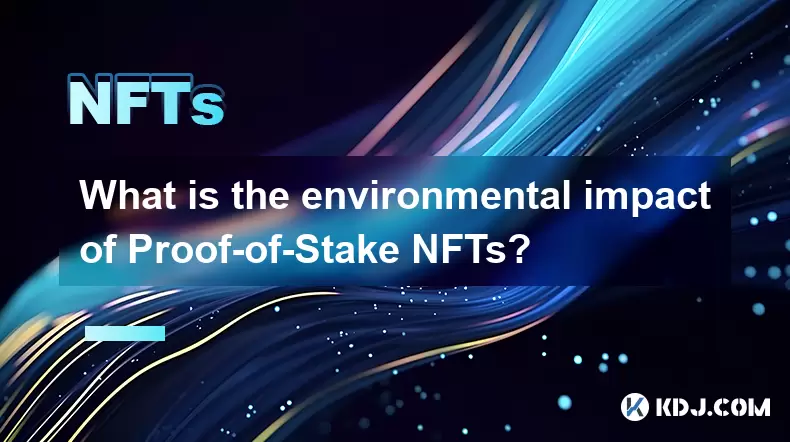
What is the environmental impact of Proof-of-Stake NFTs?
Jul 17,2025 at 07:14pm
Understanding the Basics of Proof-of-Stake NFTsProof-of-Stake (PoS) is a consensus mechanism used by blockchain networks to validate transactions and ...
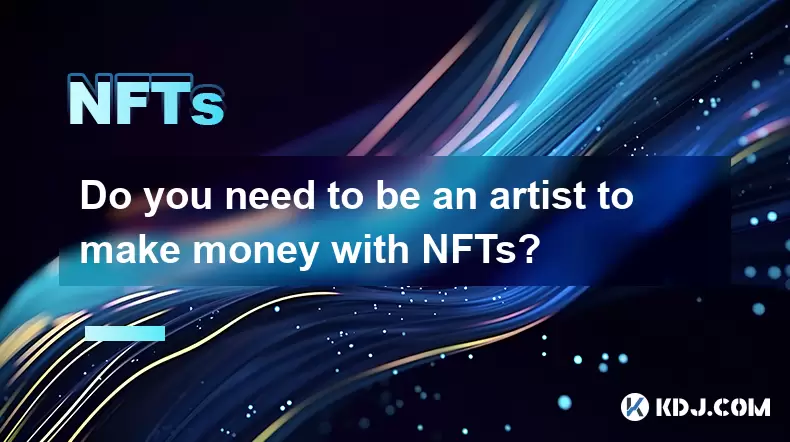
Do you need to be an artist to make money with NFTs?
Jul 19,2025 at 06:35am
Understanding the Role of Art in NFTsThe non-fungible token (NFT) market has grown rapidly, offering various opportunities for creators and investors....

What are the tax implications of gifting an NFT?
Jul 19,2025 at 04:21am
Understanding the Basics of NFT GiftingGifting a Non-Fungible Token (NFT) involves transferring ownership from one individual to another without recei...

Can you trade NFTs on your phone?
Jul 18,2025 at 04:29am
Trading NFTs on Mobile DevicesYes, you can trade NFTs on your phone, and the process has become increasingly streamlined thanks to a variety of mobile...

How to find out about upcoming NFT mints?
Jul 18,2025 at 11:50am
Exploring NFT Minting OpportunitiesUnderstanding the landscape of upcoming NFT mints is crucial for collectors, investors, and creators who wish to st...

What is an allowlist or whitelist for an NFT mint?
Jul 20,2025 at 07:14pm
Understanding the Concept of an Allowlist for NFT MintingAn allowlist, also commonly referred to as a whitelist, is a mechanism used in the NFT mintin...

What is the environmental impact of Proof-of-Stake NFTs?
Jul 17,2025 at 07:14pm
Understanding the Basics of Proof-of-Stake NFTsProof-of-Stake (PoS) is a consensus mechanism used by blockchain networks to validate transactions and ...

Do you need to be an artist to make money with NFTs?
Jul 19,2025 at 06:35am
Understanding the Role of Art in NFTsThe non-fungible token (NFT) market has grown rapidly, offering various opportunities for creators and investors....
See all articles





















